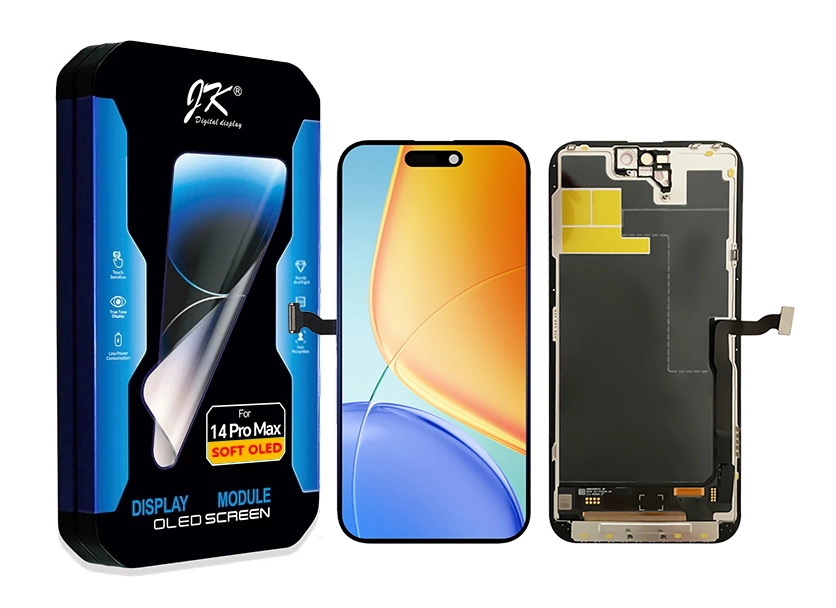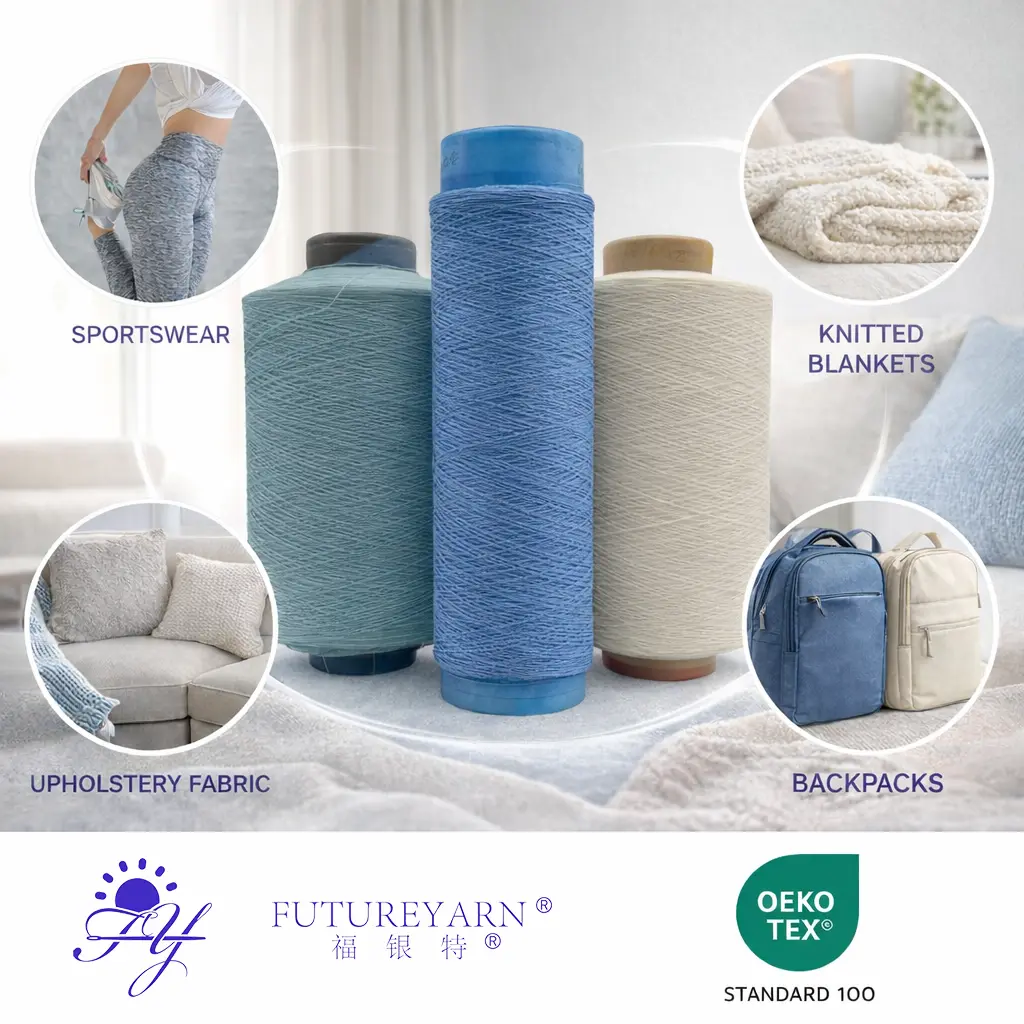Sapphire glass has gained immense popularity in various industries, particularly in luxury watches, high-end smartphones, and optical devices. Renowned for its exceptional hardness and scratch resistance, sapphire glass is often touted as a superior alternative to traditional glass materials. However, not all sapphire glass is created equal. Understanding how to check the quality of sapphire glass is essential for consumers and manufacturers alike. In this article, we will delve into the intricacies of evaluating sapphire glass, providing you with practical tips and insights to ensure you make informed decisions.
Understanding Sapphire Glass
Before we dive into the methods of checking sapphire glass, it’s crucial to understand what it is. Sapphire glass is made from synthetic sapphire, a crystalline form of aluminum oxide (Al2O3). Its unique properties, including a Mohs hardness rating of 9 (just below diamond), make it highly resistant to scratches and impacts. This durability is why it is favored for applications where clarity and resilience are paramount.
Key Characteristics of Quality Sapphire Glass
When assessing sapphire glass, several key characteristics should be considered:
- Clarity and Transparency: High-quality sapphire glass should exhibit excellent optical clarity. Any cloudiness or distortion can indicate inferior quality or manufacturing defects.
- Scratch Resistance: While sapphire glass is known for its scratch resistance, it is not entirely scratch-proof. Testing its resistance to scratches can provide insights into its quality.
- Thickness and Weight: The thickness of the sapphire glass can affect its durability and performance. Generally, thicker glass offers better protection, but it should also be lightweight for practical use.
- Color and Tint: Authentic sapphire glass is typically colorless or has a slight blue tint. Any unusual coloration may suggest the presence of impurities or inferior materials.
How to Check Sapphire Glass Quality
- Visual Inspection
The first step in checking sapphire glass quality is a thorough visual inspection. Look for the following:
- Surface Flaws: Examine the glass under good lighting for any scratches, chips, or bubbles. High-quality sapphire glass should have a flawless surface.
- Reflections: Tilt the glass at different angles to observe reflections. Quality sapphire glass will reflect light uniformly without distortion.
- Scratch Test
While it may seem counterintuitive, performing a scratch test can be an effective way to assess the hardness of sapphire glass. Use a material with a known hardness, such as a coin (typically made of copper or nickel, which has a Mohs hardness of around 3-4). Gently attempt to scratch the surface:
- No Marks: If the glass remains unscathed, it indicates high quality.
- Visible Scratches: If scratches appear, the glass may not be genuine sapphire or could be of inferior quality.
- Light Transmission Test
Sapphire glass is known for its excellent light transmission properties. To perform this test, you can use a simple flashlight:
- Shine the flashlight through the glass and observe the light transmission. High-quality sapphire glass should allow a significant amount of light to pass through without significant distortion or color alteration.
- Weight and Thickness Measurement
Using a digital scale and caliper, measure the weight and thickness of the sapphire glass. Compare these measurements with the specifications provided by the manufacturer:
- Weight: Genuine sapphire glass tends to be heavier than regular glass due to its density.
- Thickness: Ensure that the thickness aligns with the product specifications. Thicker glass generally offers better protection.
- Professional Testing
For those seeking a more definitive assessment, consider sending the sapphire glass to a professional lab for testing. Advanced techniques such as spectroscopy can analyze the material's composition and confirm its authenticity.
Conclusion
In a world where quality often varies, knowing how to check sapphire glass is invaluable. By conducting thorough visual inspections, performing scratch tests, and measuring light transmission, weight, and thickness, you can confidently assess the quality of sapphire glass. Whether you are a consumer looking to invest in a luxury watch or a manufacturer ensuring product integrity, these methods will equip you with the knowledge needed to make informed decisions. Remember, the clarity of your sapphire glass is not just a matter of aesthetics; it’s a reflection of quality and durability that can stand the test of time.



